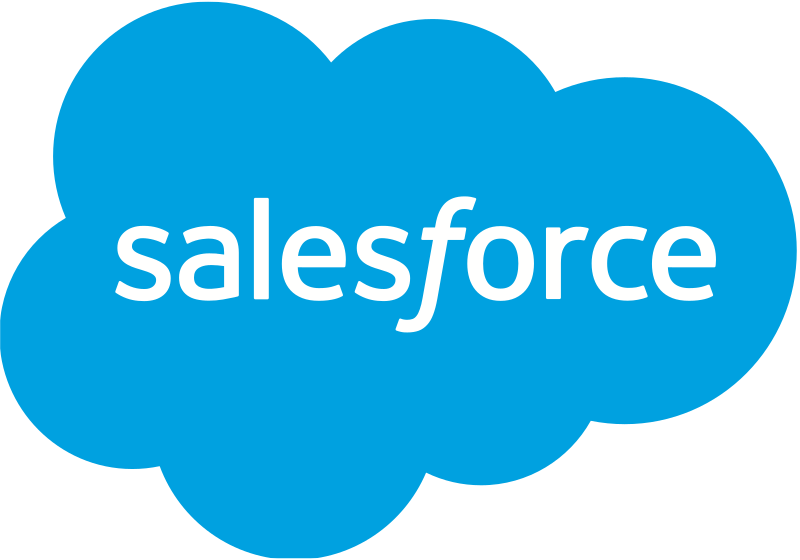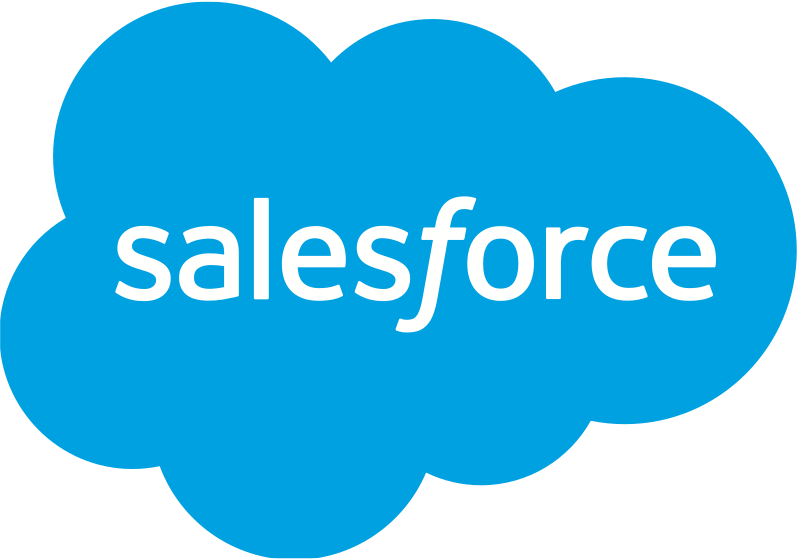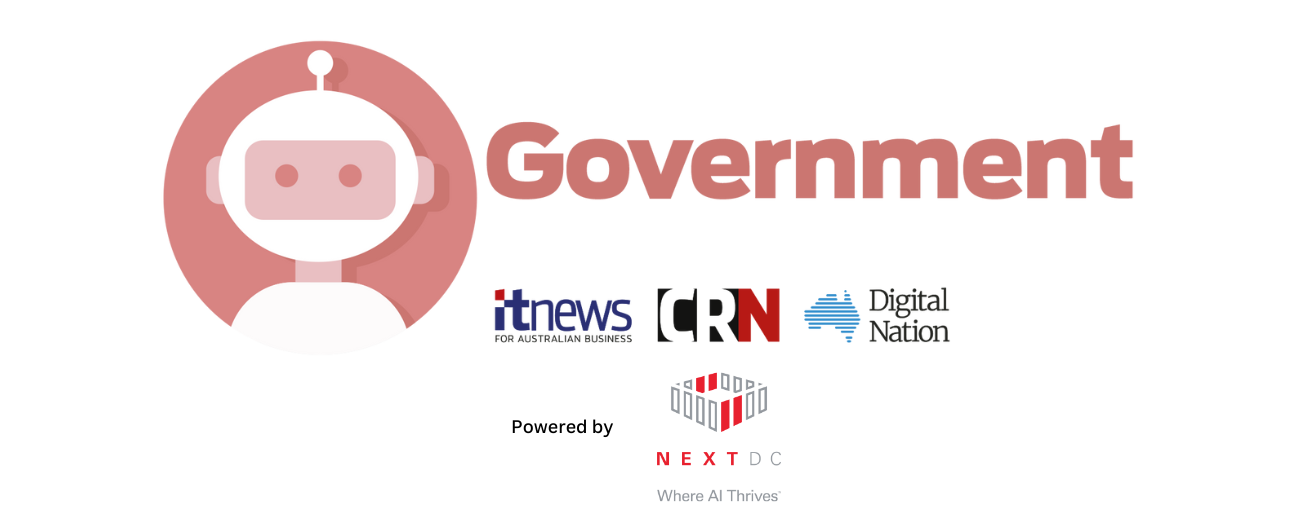
As rapidly as AI burst into the public consciousness in the past two years, another significant development is the many professionals that questioned the legal, regulatory, and ethical ramifications of using this technology.
The result is a proliferation of activity relating to AI governance and the creation of guardrails, with the goal to prevent well-intentioned projects from generating embarrassing or harmful consequences.
Nowhere is this commitment to governance more apparent than – appropriately – within Australian governments.
It’s a commitment that has enabled many agencies to take an unfamiliar place at the forefront of AI adoption.
Governance as an AI accelerator
According to Dr Eva Balan-Vnuk, executive director and chief information officer for the South Australian Government, the launch of ChatGPT in late 2022 generated immediate and significant interest from SA government agencies.

"Government is never going to be on the bleeding edge of new technologies, but we certainly have to be aware of them, understand what their capabilities are, and what their risks might be,” Dr Balan-Vnuk said.
"We don’t want to stifle innovation, but we need to do it safely."
Her office’s first response was the creation of guidelines for how to use large language models (LLMs) safely and effectively. This led to the formation of an AI governance working group in July 2023 involving more than 15 agencies.
Numerous initiatives have since occurred, including deployment of Microsoft's Azure OpenAI suite of AI services, which has given agencies the opportunity to experiment with LLMs in a closed environment using their own data.
Dr Balan-Vnuk said one agency has trained an AI using its own documentation and guidelines that now helps HR practitioners find answers quickly, safe in the knowledge that those answers will be accurate thanks to the material used in training.
The SA government is proceeding with caution by not allowing AI-driven decisions to impact citizens directly. However, Dr Balan-Vnuk notes the use of AI to support the work of staff within the SA government may lead to an improvement in service delivery for everyone in the community.
"If AI can be used in the background to improve the delivery of services, we will have more capacity to deal with the really complex cases that require human empathy and input and support that can’t be done through an automated response." - Dr Eva Balan-Vnuk, executive director and CIO, SA Government
A coordinated approach delivering local benefits
Another factor that Dr Balan-Vnuk said is accelerating the uptake of AI within government is the high level of cooperation and coordination federally and across state boundaries.
One of those cooperative efforts is the creation of the national AI Working Group and its National AI Assurance Framework (NAIAF), which ensures Australian governments build appropriate set-ups for AI usage in the public service.
This framework was adopted in the Australian Capital Territory, where it is supported by the ACT's own AI Policy and Assurance Framework which governs AI usage across the ACT Public Service (ACTPS).
While the ACT Government’s overarching policy position is still being finalised, chief digital officer Bettina Konti said this work is allowing the ACTPS to safely and ethically use automation and AI solutions.
She said the goal now is to have different business areas identify problems that can be solved through deployment of AI solutions in a safe and appropriately governed way.
"This will drive productivity, deliver efficiencies, and foster innovation in service delivery to our community,” Konti said.
One early project connected AI to the ACT's road safety camera network to detect whether a driver is handling a mobile device. This project was implemented in February 2024 and has already spotted more than 18,000 drivers using mobile devices while driving.

Another project is piloting the use of generative AI to support knowledge workers, including those in policy-related functions, to help them deliver work more efficiently.
"As we pilot and roll out such solutions, we will not only be monitoring usage, but also regularly evaluating their usefulness," Konti said.
"AI is becoming a general-purpose technology, with AI functionality being rolled out across most existing technology solutions.
"If the last two years are anything to go by, over the next two, AI will become an integral part of any technology product. Engaging with AI will be the only option."
Using AI to benefit human outcomes
A key component of AI’s benefits in government is its ability to better manage and find value in an asset that all governments have in abundance – data.

The Australia Taxation Office’s deputy commissioner for smarter data, Marek Rucinski, said the ATO is using natural language processing for some time to review large amounts of unstructured data, with the goal of gaining insights and identifying risks that would be impossible for humans to detect due to the volumes and complexity involved.
"We use AI to help and guide taxpayers, reduce compliance costs, and streamline business processes," Rucinski said.
“AI helps our staff to make more informed decisions and engage with our clients in a more tailored way, to support them in meeting their obligations or deal appropriately with non-compliance."
Another example sees the ATO providing real-time prompts to taxpayers to check amounts in their income tax returns. This saves them from subsequent compliance action and protects revenue.

Getting to these outcomes required significant investment in the ATO’s workforce, including the delivery of a learning and development tool.
“The tool includes learning products on AI, with a generative AI learning track launched earlier this year,” Rucinski said.
“Increasing the data literacy of all staff is a key foundation for ensuring we are able to harness the value of data and analytics, including the outputs of AI, to deliver value to the Australian community.”
As with other public sector agencies, Rucinski said the ATO will only use AI technologies in a way that is respectful to community, client, and staff needs for security, privacy, transparency, and the ethical use of data with appropriate human oversight, in line with its ethical standards.
"We’ll continue to harness new technologies and AI techniques to ensure we continue to safeguard the tax, super and registry systems so those who want to do the right thing can do so easily and those who don’t are identified and dealt with appropriately." - Marek Rucinski, deputy commissioner for smarter data, Australia Taxation Office
Bringing AI to ground level
It is not just the large government agencies that are benefiting from the adoption of AI. The enthusiasm with which vendors are incorporating AI into their solutions is making it easier for local councils to acquire AI-powered systems.
At the City of Shoalhaven in NSW, a partnership with technology suppliers Retina Vision and TechnologyOne led to the implementation of machine vision to detect potholes much faster than previous methods.
"Our road network is pretty extensive, with 1700 kilometres of road, and we have had a number of natural disasters over the space of the last few years," said the city's CIO Dane Hamilton.
"It is always a constant battle to manage the expectations of the community and keep the road network in an acceptable condition."
Under the project, AI-equipped cameras were attached to the city's fleet of Veolia-managed waste removal vehicles which traverse its roads on a regular basis.

"We have a constant stream of defects coming into Retina Vision's portal, and we worked with Technology One to integrate those defects into our enterprise asset management model," Hamilton said.
"We can look at the data coming in and triangulate defects and look at why they are happening, and it can help in asset planning as well."
Success with this project led Hamilton and his team to investigate other ways that AI can assist council processes, such as managing internal information flows.
Boundless possibilities
While the full extent of AI's benefits in the public sector are far from clear, SA government’s Dr Balan-Vnuk said there is cause for optimism that this technology might ease the burden of public servants, while also improving citizen services.
“There is an excitement and optimism, but it is also a measured one, because we have been very well aware of the public examples where people have misused the generative AI that is in the public domain," Dr Balan-Vnuk said.
"What we are really focused on is that if we are going to get the benefit, that we ensure that the solution is wrapped within our governance – that we know who it is being used for, for what purpose, who the beneficiary is, and that everything is appropriate."
Government State of AI Champion

State of AI Champions
We are proud to present the State of AI Report Champions, and we will showcase the work they are doing in the coming days.
.png)















